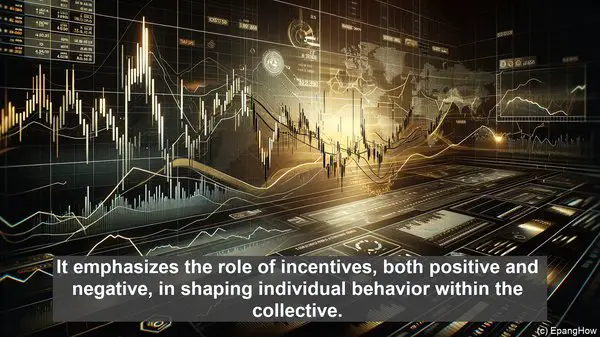Introduction: Unraveling the Complexity of Decision-Making
Hello and welcome! Decision-making lies at the heart of countless processes, from individual choices to collective actions. Today, we’ll dive into the realm of decision-making theories, focusing on the intriguing contrast between Public Choice Theory and Social Choice Theory. While both theories explore decision-making, they do so from distinct perspectives, offering unique insights into the dynamics of choices and their consequences.

Public Choice Theory: The Individual in the Collective
Public Choice Theory, often associated with the economist James M. Buchanan, centers around the idea that individuals, even when acting within a collective or governmental framework, still make decisions based on their self-interest. It recognizes that individuals have diverse preferences, and these preferences shape their choices. Public Choice Theory views the government as an aggregation of individual actions, with policies emerging as a result of the interplay of these actions. It emphasizes the role of incentives, both positive and negative, in shaping individual behavior within the collective.
Social Choice Theory: The Challenge of Aggregating Preferences
In contrast, Social Choice Theory, which traces its roots to the work of economist Kenneth Arrow, focuses on the challenge of aggregating individual preferences to arrive at a collective decision. It acknowledges that when multiple individuals with diverse preferences are involved, reaching a decision that satisfies everyone is often impossible. Social Choice Theory explores various voting systems and decision rules, aiming to understand their properties and limitations. It raises questions about fairness, efficiency, and the trade-offs inherent in collective decision-making.
Key Concepts: Rationality, Arrow’s Impossibility Theorem, and More
Both Public Choice Theory and Social Choice Theory rely on foundational concepts. Rationality, for instance, is a key assumption in Public Choice Theory, positing that individuals make choices that maximize their utility. In Social Choice Theory, Arrow’s Impossibility Theorem is a seminal result, demonstrating that no voting system can satisfy a set of desirable properties simultaneously. Other concepts, such as strategic voting and preference aggregation, further enrich our understanding of decision-making dynamics.

Applications: From Policy Analysis to Electoral Systems
The practical implications of these theories are far-reaching. Public Choice Theory, with its focus on individual incentives, has found applications in policy analysis, shedding light on the unintended consequences of governmental actions. It has also influenced the design of institutions, aiming to align individual and collective interests. Social Choice Theory, on the other hand, has direct relevance in the realm of electoral systems, as different voting methods can yield different outcomes. By examining the properties of these methods, we can gain insights into the strengths and weaknesses of various systems.
